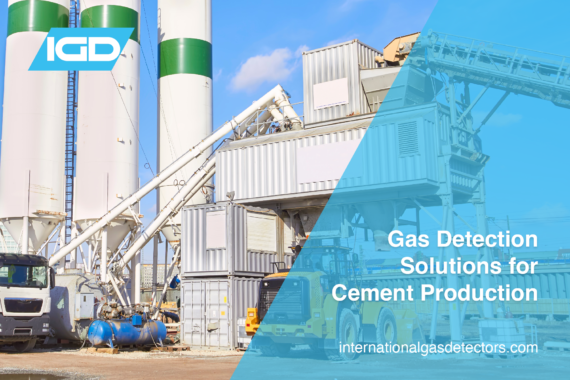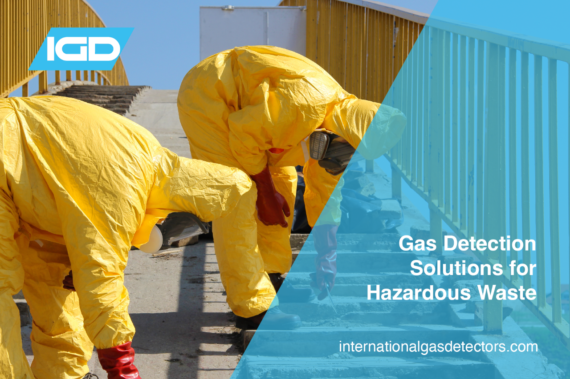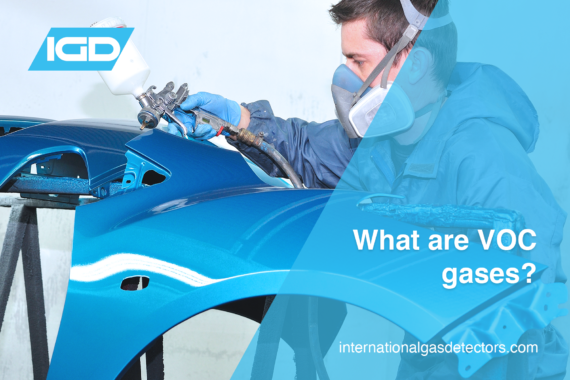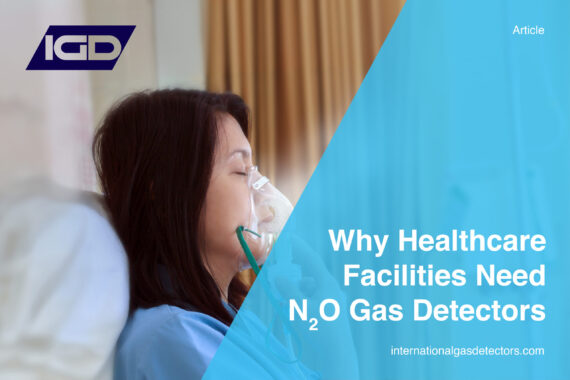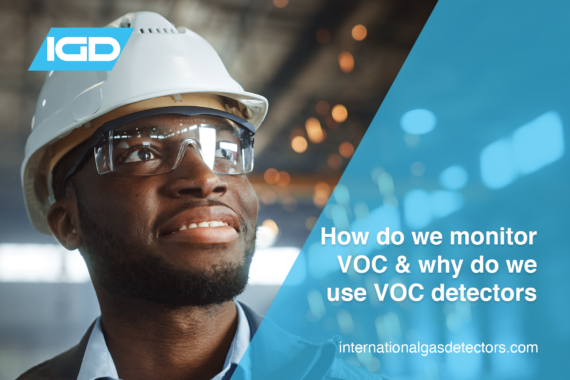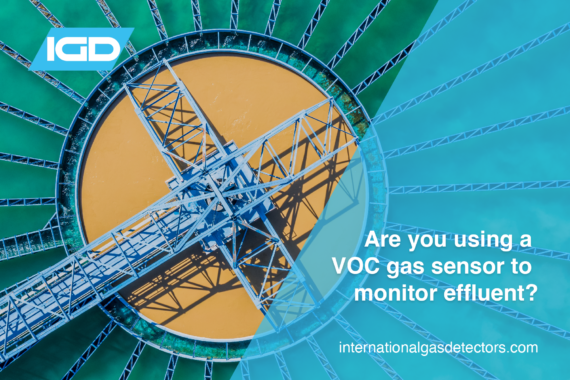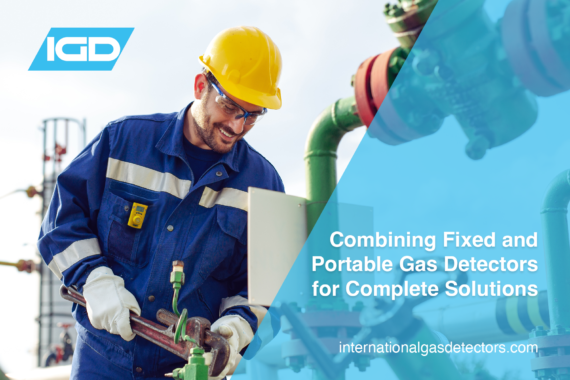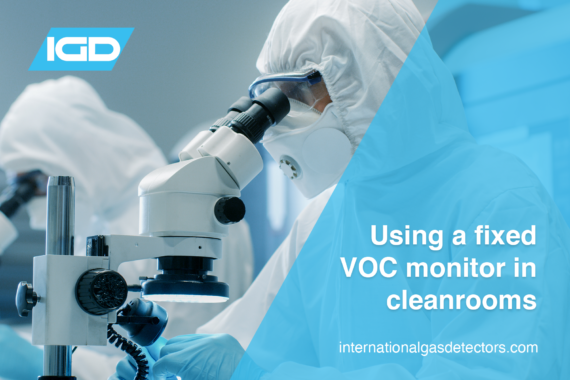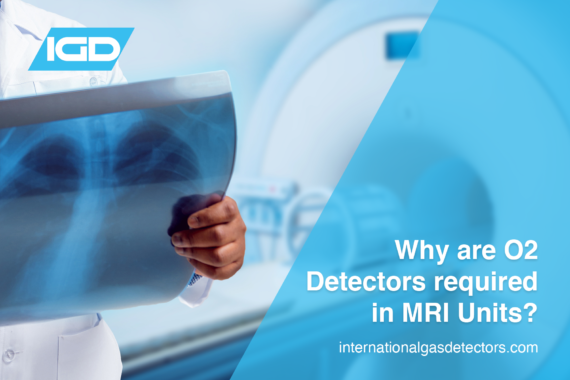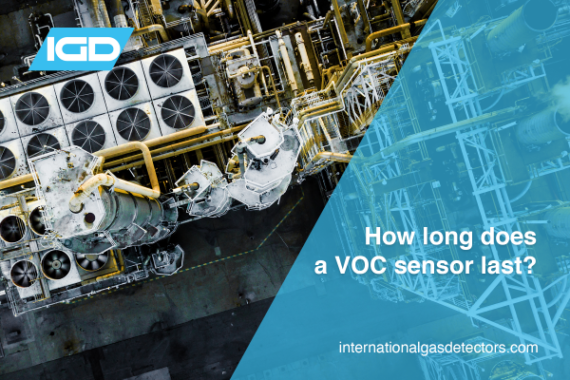Cement is the core component of concrete, and with the increased demand for more construction worldwide, there is a higher need for the most popular building material: concrete. During cement and concrete production, gases are produced that could harm humans and the wider environment; therefore, gas detection solutions are required for safety and monitoring purposes.
Gas Detection Solutions for Hazardous Waste
Many jobs involve working with or around hazardous waste daily. Therefore, protecting workers and working environments from dangerous substances and impacts thereof is paramount.
International Gas Detectors (IGD) manufacture and distribute numerous gas detection products, and provide system installations, service, and maintenance on gas detection systems, alongside training consultancy services.
What are VOC Gases?
What are VOC gases? Where are they found? How can I mitigate the Hazards of VOC’s? These are all vital to consider if working around VOC gases, as VOCs are extremely hazardous gases causing a plethora of health issues. This article answers all of these important questions, as well as suggesting detectably better gas detection equipment in order to help mitigate the presence of VOC gases. Read on to find out more.
Why Healthcare Facilities Need Nitrous Oxide Gas Detectors
N2O is very common in the healthcare industry, used for a wide range of different reasons and being one of the most utilised gases in this industry. It is important to understand what this gas is and where it is used, along with what it is used for to understand why and where you need a nitrous oxide gas detector. It is also vital to understand the dangers of N2O, especially if working in the healthcare industry, as there are common misconceptions to just how dangerous this gas can be. This article delves into all of these things as well as the best available nitrous oxide gas detector solution to keep personnel safe. Read on to find out more.
How Do We Monitor VOCs and Why Do We Use VOC Detectors?
VOC’s are extremely common and can be from surprising sources. Each VOC comes with its own exposure hazards and reasons these need to be monitored, these can be found by accessing each materials Material Safety Data Sheet (MSDS). But how are these monitored? And why do we monitor these gases? These questions will be answered in this article to help provide a basic understanding of VOC gases and the dangers.
Are You Using a VOC Gas Sensor to Monitor Effluent?
Handling and treating effluent presents a wide range of hazards, from confined spaces to the treatment processes. Effluent, wastewater and water treatment also ranges across a wide range of industries, expanding the encounterable hazards significantly. One of these hazards commonly encountered involves VOC gases. These compounds can present a wide range of issues; thus, a VOC gas sensor is extremely useful in this industry. Read on to find out more about the VOCs encountered when monitoring effluent, the hazards and the VOC gas sensor solution on offer.
Combining Fixed and Portable Gas Detectors for Complete Solutions
Gas detectors are usually categorised as either being fixed, portable or transportable. All of these types have a range of methods of detecting gas or vapour hazards and have their own strengths and weaknesses. Selecting the correct solution depends on the circumstance of operation, topography of the site or application and the nature of the gas hazard. For example fixed systems are impractical for sewer workers operating in confined spaces. This type of application suits a portable personal gas detector. Similarly an indoor process in a lab or production facility requires 24 hour monitoring, something a portable detector cannot provide. In some instances a combination of both fixed and portable provides the best solution so correct assessment of the hazard and best available technology to monitor is vital.
Using a Fixed VOC Monitor in Cleanrooms
Cleanrooms are found across a wide range of industries for a vast range of uses. This includes the most common ones such as laboratories, pharmaceutical and medical as well as semi-conductor applications and many other less common ones. Each of these industries need to monitor VOCs for a wide range of reasons, from the hazards they may cause to the personnel to the effects on the work they are doing, thus a fixed VOC monitor will be needed in each of these applications. This article will detail the reasons why a Fixed VOC Monitor may be required in each application as well as the hazards that come with VOCs. This article will also detail the revolutionary Fixed VOC Monitors on offer from IGD. Read on below to find out more.
Why are O2 monitors required for MRI units?
MRI units are not commonly thought of when talking about gas safety, however these areas can quickly become dangerous when leaks occur. Understanding the dangers of MRI units as well as the gases used within them are vital to understanding why O2 monitors are required in these areas. This article covers all of the essential information in understanding this. Including the gases encountered in these areas to providing you details of IGD’s detectably better solution in O2 monitors.
How Long Does a VOC Sensor Last?
How long does a VOC sensor last? VOC sensors based on Photo-Ionisation technology (PID) are more complex than most other types of gas detector. PID based detectors utilise an Ultra-violet (UV) lamp to ionise the gas sample. The life of the UV lamp is one of the on-going costs of ownership for this type of detector. This article delves into the typical lamp life currently on the market and why it is capped at a certain amount. IGDs specialist knowledge in PID detection however allows us to set the standard with our revolutionary new development in VOC sensor technology. Read our article to learn more about our latest improvement.

